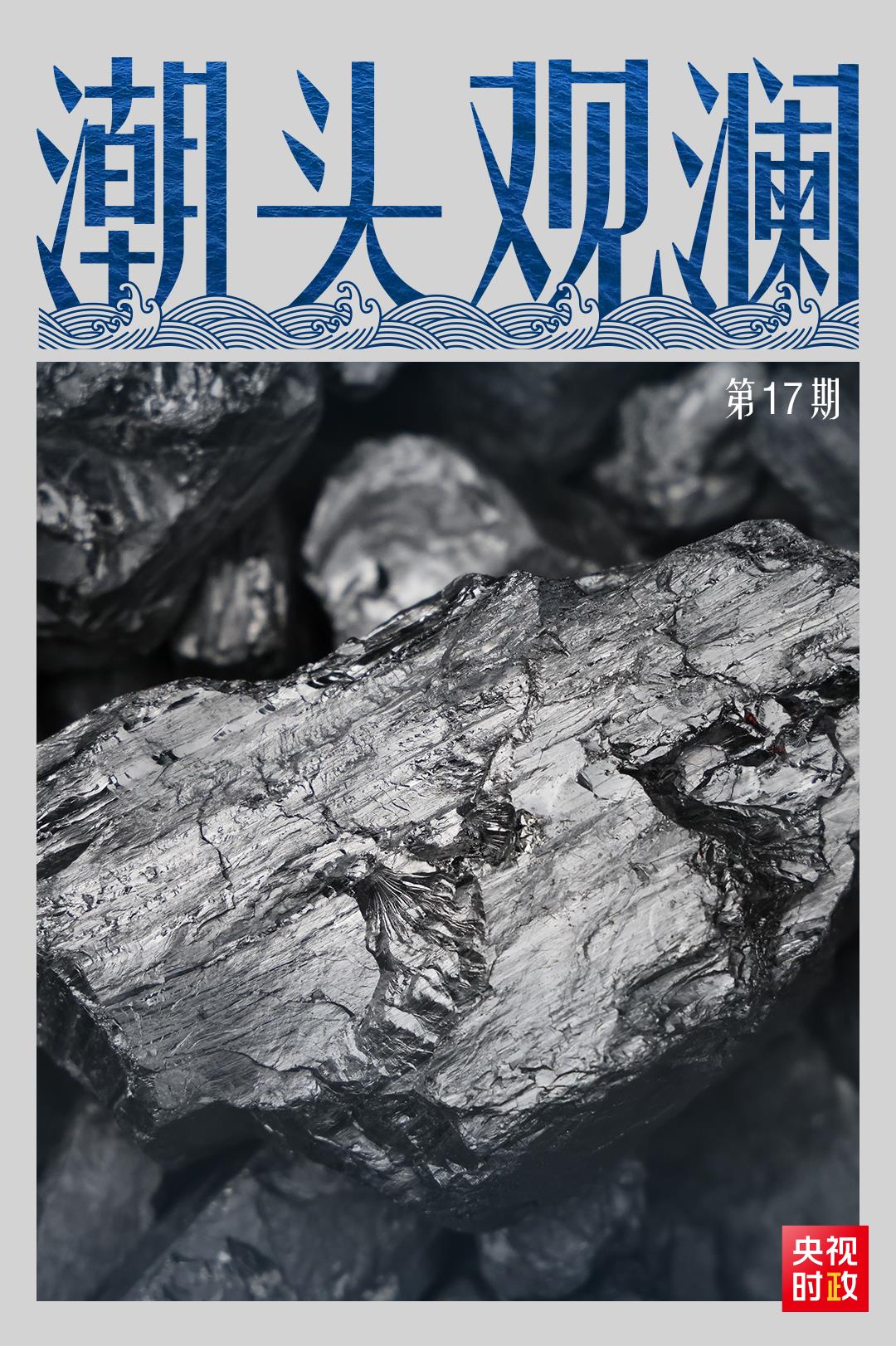
Coal is also called "black gold" and "industrial grain". Coal is particularly important to China, accounting for about 94% of the proven reserves of fossil energy resources in China. Coal is related to a fire, a lamp and electricity in the homes of ordinary people, and it is also related to national industrial production, energy security and economic lifeline.
On January 27th, General Secretary of the Supreme Leader visited Shanxi Ruiguang Thermal Power Co., Ltd., and delivered a clear signal on promoting the work of "double carbon" and implementing energy supply guarantee.
The coal of Sanjin lit up China.
Shanxi, China’s largest coal-producing province, accounts for a quarter of the national total for a long time, and more than 70% is supplied outside the province. Daqin Railway, Shuohuang Railway, Zhongnan Railway, a series of special coal lines, and a series of trains full of coal are like energy arteries, starting from Shanxi and radiating the whole country.
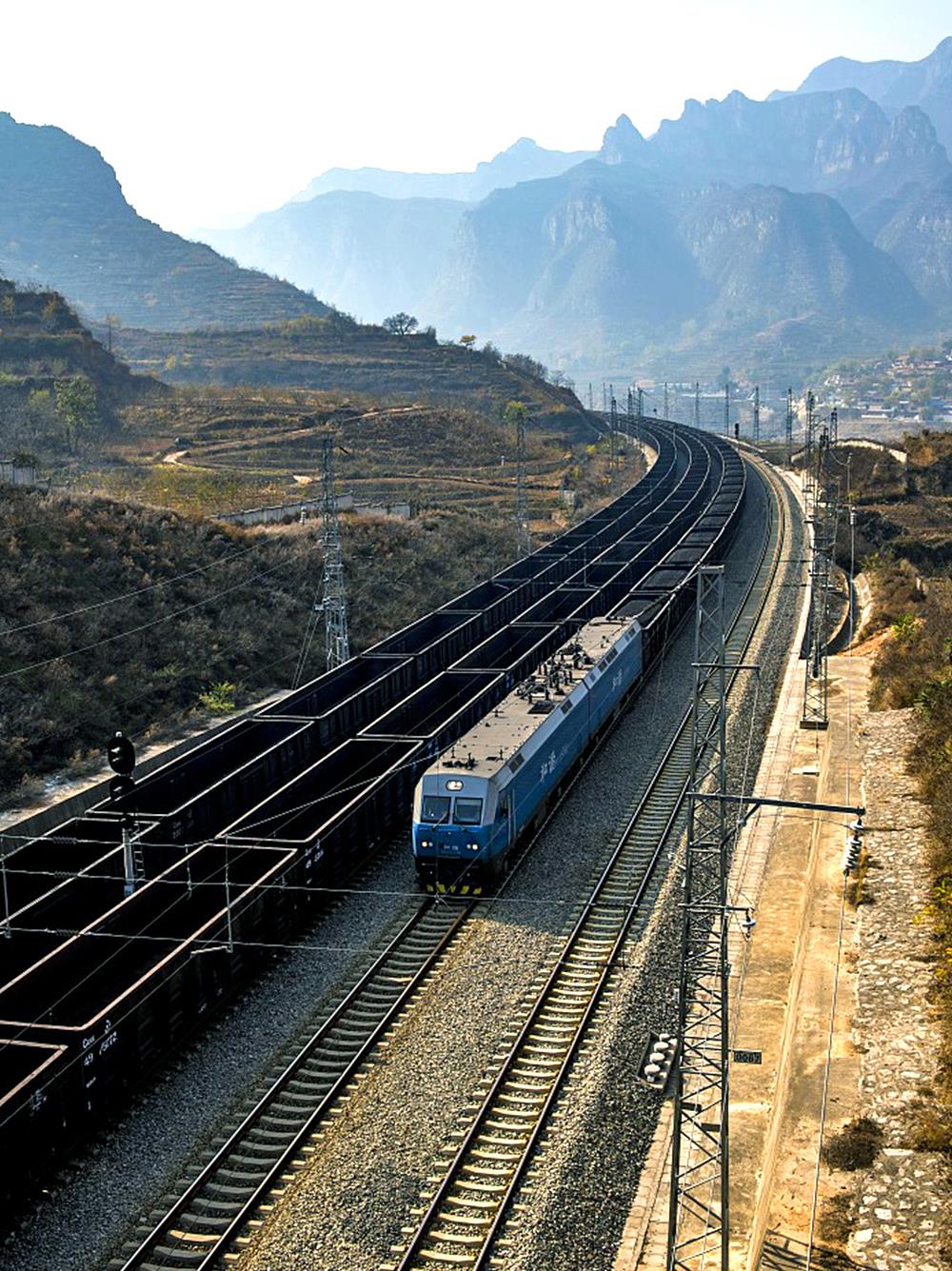
△ A train loaded with coal passes through Pingshun County, Changzhi, Central South Railway. The Central South Railway starts from Lvliang, Shanxi Province in the west and ends at Rizhao Port, Shandong Province in the east. (Photo/vision china)
Last year, Shanxi’s annual coal output reached 1.19 billion tons, ensuring coal supply for 16 provinces, autonomous regions and municipalities across the country. Someone once described Shanxi’s contribution to the whole country with "lighting half the lights in the whole country and burning half the kang in the north".
Due to excessive dependence on coal and extensive mining, Shanxi’s industrial structure was unbalanced, its ecology was seriously damaged and its economy once declined.
In May, 2020, General Secretary of the Supreme Leader pointed out during his inspection in Shanxi that "Shanxi once had a monopoly on coal, prospering from coal but also trapped in coal. The economic structure was too single, which seriously damaged the natural ecology and once had a bad influence on the political ecology, and the lesson was very profound."
Take a new road "phoenix nirvana"
The transformation of resource-based economy is a world problem. What about Shanxi? How to transfer?
In 2010, Shanxi Province’s national comprehensive reform pilot zone for resource-based economic transformation was established, which is the first provincial, all-round and systematic national comprehensive reform pilot zone in China. This reform was put forward by the supreme leader in Shanxi in 2009. He said: "I am always concerned about this matter."
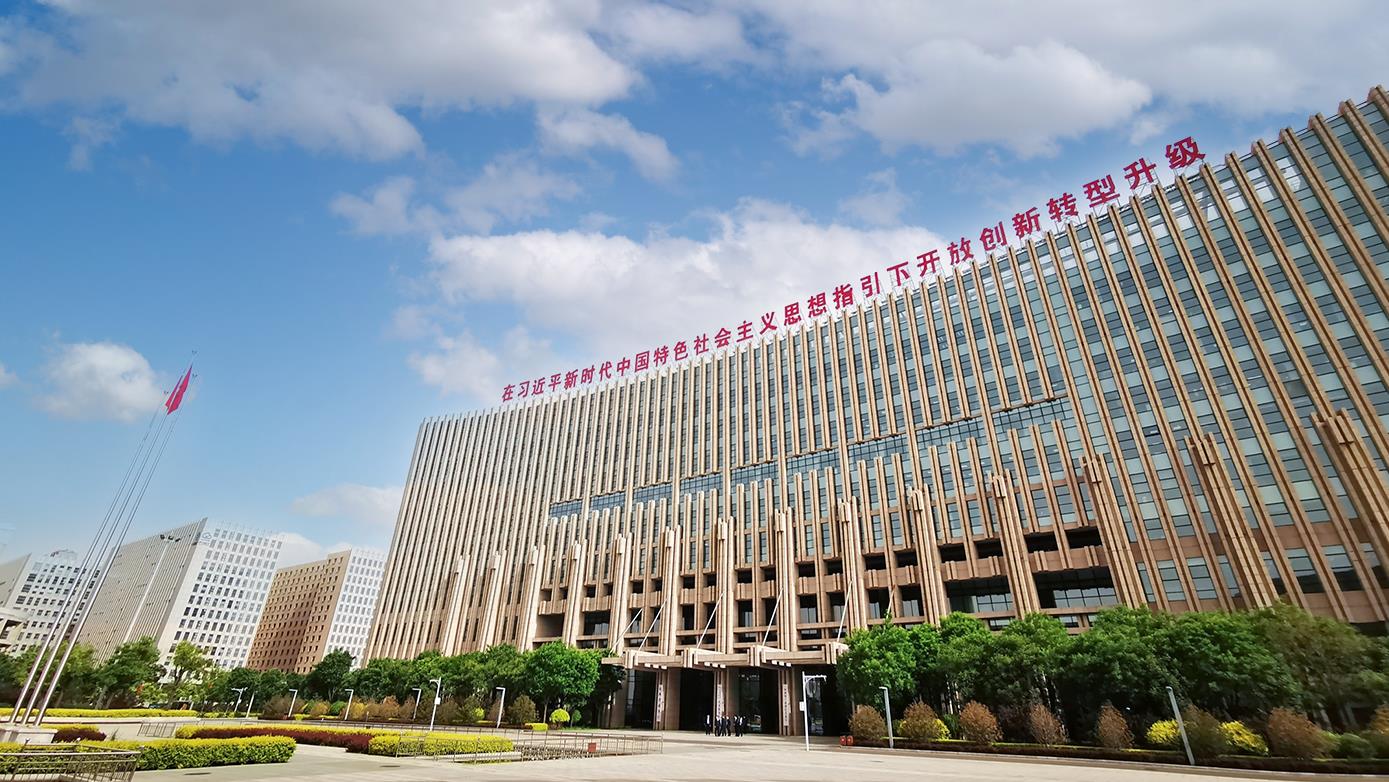
△ In May, 2020, the Supreme Leader visited the Shanxi Transformation Comprehensive Reform Demonstration Zone. (Photographed by CCTV reporter Zhang Xiaopeng)
In May 2019, the General Secretary of the Supreme Leader presided over the meeting of the Central Committee for Deep Reform, deliberated and adopted the Opinions on Carrying out the Pilot Project of Comprehensive Reform of Energy Revolution in Shanxi, and supported Shanxi to strive to be the vanguard of the national energy revolution through the pilot project of comprehensive reform.
In May, 2020, when the General Secretary visited Shanxi, he pointed out that Shanxi should have a sense of urgency and a long-term strategic plan to build a demonstration zone for comprehensive reform in transformation. If it is correct, it must persist, make contributions for a long time, don’t repeat it, don’t toss it around, and strive to carve out a new path for transformation and development as soon as possible.
Dare to be the first, phoenix nirvana. During the "Thirteenth Five-Year Plan" period, Shanxi accumulated 156.85 million tons of excess coal production capacity every year, exceeding the target task of de-capacity. Last year, Shanxi’s advanced coal production capacity exceeded 75%.
The goal of "double carbon" has undergone profound changes.
Although the proportion of coal consumption in China has been declining in recent years, it will still be the basic national condition of China’s energy.
In September last year, General Secretary of the Supreme Leader stressed during his inspection tour in Shaanxi that coal, as the main energy source in China, should follow the development direction of green and low carbon, achieve the goal and task of peak carbon dioxide emissions and carbon neutrality by benchmarking, base on the national conditions, control the total amount, control the bottom line, orderly reduce and replace, and promote the transformation and upgrading of coal consumption.
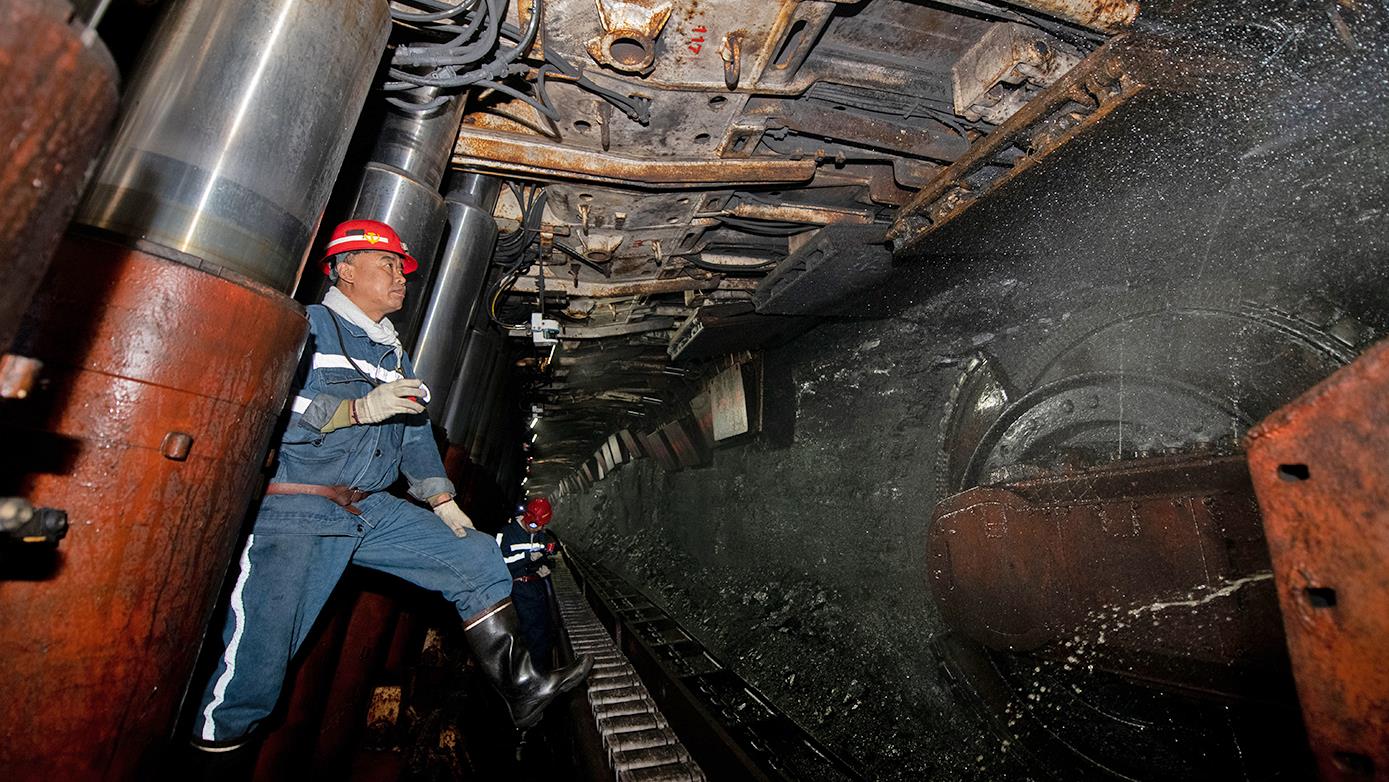
△ In July 2021, in Xinyan Coal Mine, Zhongyang County, Shanxi Province, workers inspected the underground working face. (photo /IC photo)
At the Central Economic Work Conference at the end of last year and the recent World Economic Forum video conference, the Supreme Leader emphasized twice that it is impossible to achieve peak carbon dioxide emissions and carbon neutrality in one battle. When presiding over the collective study in the Political Bureau of the Central Committee a few days ago, the General Secretary once again pointed out that we should base ourselves on China’s energy resources endowment, adhere to the principle of establishing first and then breaking, and make a comprehensive plan. The gradual withdrawal of traditional energy sources must be based on the safe and reliable substitution of new energy sources.
Grasping the rhythm and intensity of carbon reduction reflects seeking truth from facts, step by step and continuous efforts.
Energy supply is "the biggest in the country"
I will read the worries of the people; I will do what the people expect. At the end of the year and the beginning of the year, the general secretary was concerned about the safety and warmth of the people. At the Politburo meeting of the Chinese Communist Party meeting in early December last year, he specifically told us to make overall arrangements for ensuring the supply of coal, electricity, oil and gas transportation, so as to ensure that the people would spend the winter warm.
The general secretary once pointed out that energy security is an overall and strategic issue related to the country’s economic and social development, and it is vital to the country’s prosperity and development, the improvement of people’s lives and the long-term social stability.
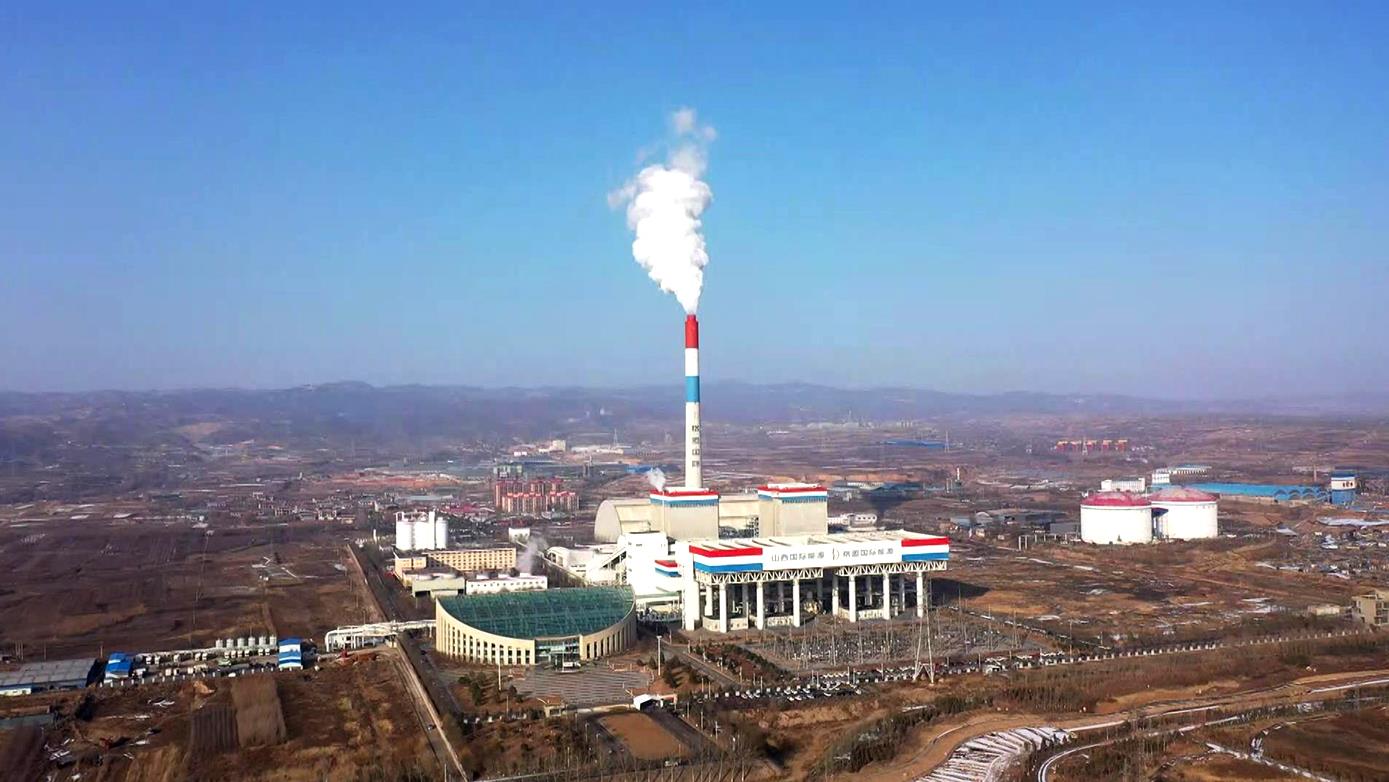
△ Shanxi Ruiguang Thermal Power Co., Ltd. is one of the main heat sources of central heating in Taiyuan and Jinzhong, and was awarded the title of "National Demonstration Power Station for Energy Saving and Emission Reduction of Coal-fired Power". (Photographed by CCTV reporter Fan Kai)
The CPC Central Committee attaches great importance to the work of "six guarantees" and "six guarantees", and "ensuring food and energy security" is one of the "six guarantees". At the Central Economic Work Conference at the end of last year, General Secretary of the Supreme Leader pointed out that to ensure energy supply, large enterprises, especially state-owned enterprises, should take the lead in ensuring supply and stabilizing prices.
On the 24th of this month, when presiding over the collective study in the Political Bureau of the Central Committee, the General Secretary not only stressed the need to resolutely control fossil energy consumption, especially strictly and reasonably control the growth of coal consumption, but also stressed the need to consolidate the domestic energy production base and ensure the safety of coal supply. This consideration is based on the long-term and warm people’s hearts.

△ Shanxi Jinzhong. (Photo/vision china)
Coal is one of the earliest energy sources recognized and utilized by human beings. It lights a fire to dispel the cold in winter; It lights a lamp to light the way forward; It sends a cavity electricity and acts as a great power.
Looking forward to the future, the coal that has completed the "butterfly change" in the energy revolution and green transformation will support the magnificent journey of high-quality development together with new energy and clean energy.
Producer: Shen Yong Zhao Xuehua Gong Xuehui
The main author is Randy.
Broadcast about Yao Ke
How long is audio production?
Editor-in-Chief Yu Zhenyi
Visual sense, Chen Kuo, Zhang Jing
Editor Wang Zun